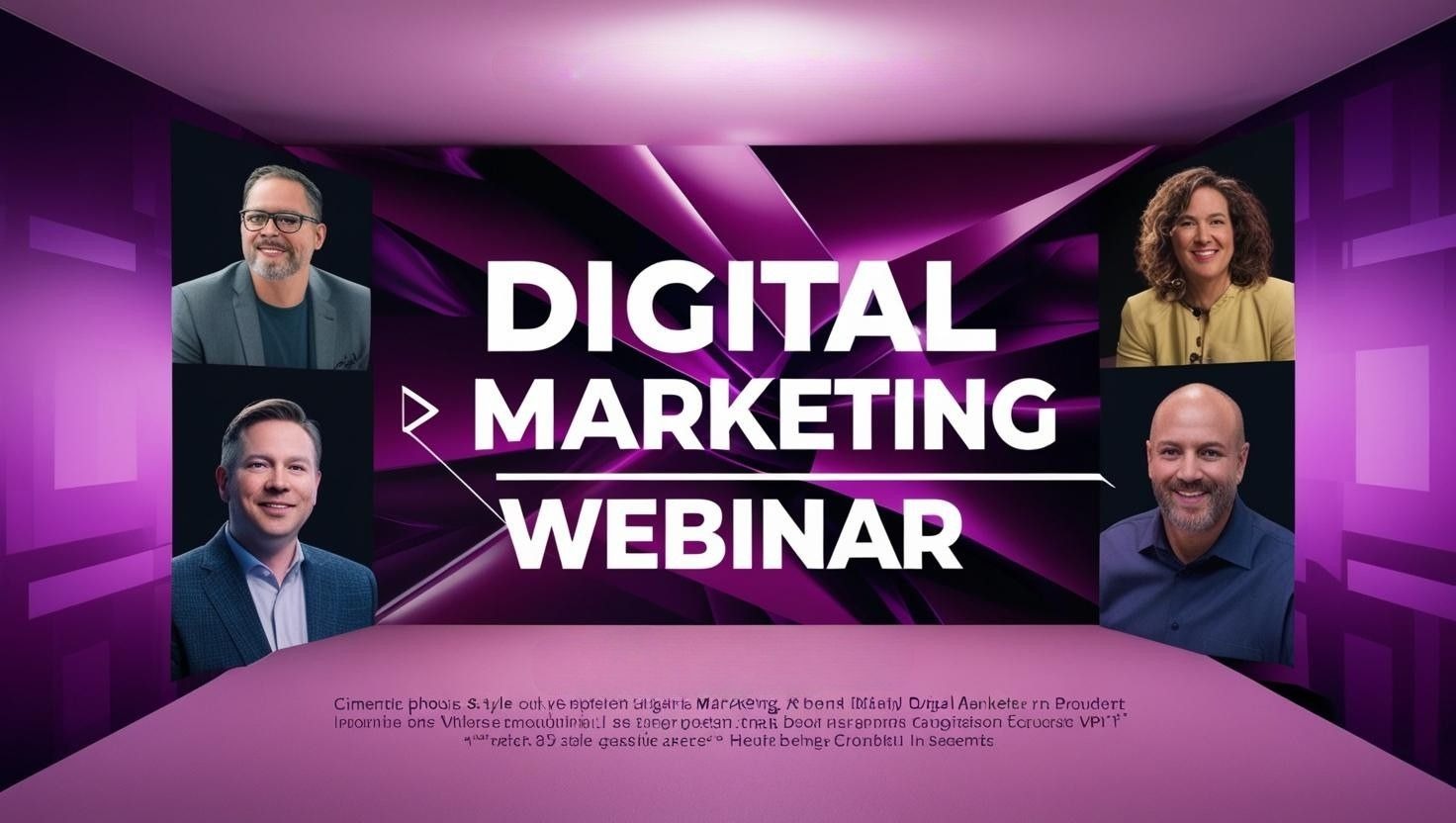
The Future of Marketing: Is SEO Really Ending?
As we look forward to 2025, the marketing landscape is continually evolving, with discussions flaring around the fate of Search Engine Optimization (SEO). Some experts pose a bold question: has SEO become obsolete? With the rise of artificial intelligence (AI) and innovative techniques like Generative Engine Optimization (GEO), it's essential to dissect these developments to understand their impact on marketing strategies.
Understanding GEO: A New Buzzword
Generative Engine Optimization (GEO) is quickly gaining traction as a new framework for location marketing. With AI tools at the helm, GEO is positioned to refine how businesses interact with their target audiences based on geographic information. Unlike traditional SEO methods that focus on keywords, GEO leverages AI to create more personalized, context-driven content, ensuring relevance and resonance with consumers' needs.
The Transformation of Location Marketing
AI is not just a buzzword; it is reshaping the entire marketing landscape, especially in location-based marketing. Businesses must adapt their strategies to ensure they meet the technological advancements of AI while continuing to connect with their customers authentically. This is where GEO proves invaluable, allowing marketers to pivot their focus from broad search terms to more refined, localized approaches.
Five Reasons to Adopt GEO in Your Strategy
Incorporating GEO into your marketing strategy could provide significant benefits:
Enhanced Relevance: GEO allows for tailored content that speaks directly to the consumers in specific locations.
Increased Engagement: Engaging with your audience through personalized content fosters a deeper connection.
Improved ROI: Focused strategies lead to tangible outcomes, ensuring that marketing budgets are well-spent.
Stay Ahead of the Competition: Implementing GEO puts your business at the forefront of innovative marketing methods.
Flexibility and Scalability: GEO strategies can be easily adjusted to reflect changing market trends.
Preparing for the Future with AI and GEO
As we approach the webinar, "2025 Marketing Trends: The End of SEO?" scheduled for February 13, 2025, it's time to explore how these shifts impact your business. This session promises insights into the latest tools and techniques, including emerging trends in Location Performance Optimization (LPO) and how they affect your Location Performance Score (LPS).
Live Interaction: Your Questions Answered
The live Q&A portion allows participants to engage with experts directly. Queries surrounding the integration of AI, GEO, and the evolving landscape of location marketing will be addressed, ensuring attendees leave empowered with actionable knowledge.
Securing Your Spot: Invest in Your Marketing Future
Don’t miss this opportunity to enhance your marketing strategies. Secure your spot for the webinar, and if you can’t attend live, registering ensures you receive the recorded session and all valuable insights. Understanding these trends is essential for any marketer ready to adapt and thrive in 2025.
 Add Row
Add Row  Add
Add 




Write A Comment